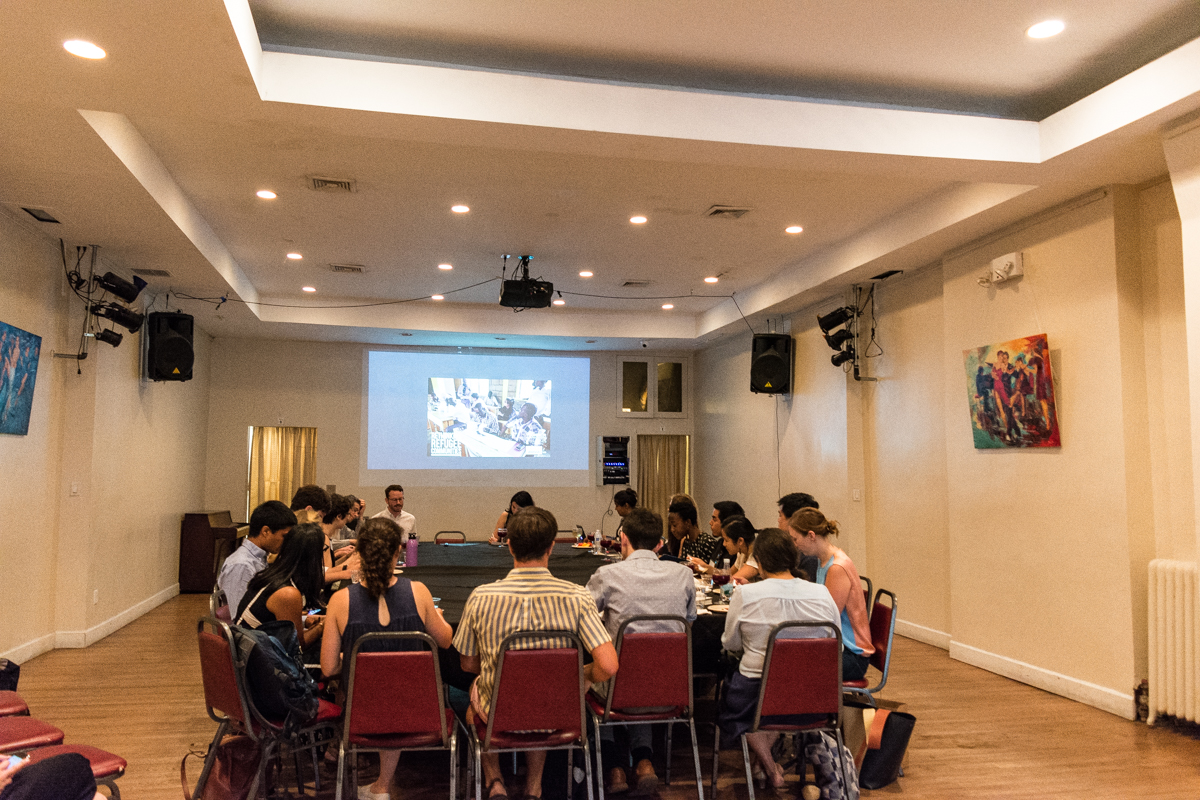

July 18th, 2017
6:00pm - 8:30pm
La Nacional - Spanish Benevolent Society
West 14th Street, New York, NY, United States
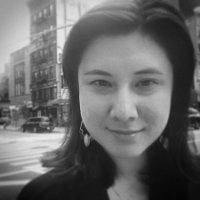
Isabelle Leighton is Director of Equality Fund, a philanthropy and volunteerism program focused on second and third generation immigrants, particularly Asians and Asian Americans. Previously, Isabelle worked at North Star Fund where she directed fundraising strategy targeting individuals and family philanthropy.
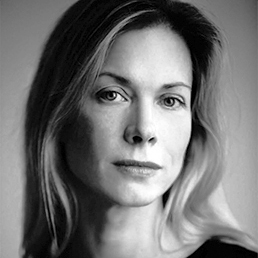
Andrea Steele is a graduate of the Harvard Graduate School of Design and served as principal/founder of Andrea Steele Architect, a NY architecture and design practice before rejoining TEN Arquitectos in 2011. A former associate at Murphy Burnham Buttrick and TEN + W Architects, her work has been featured in international publications, including The New York Times, Architectural Record, Casabella, OCULUS, and Interior Design Magazine.
Her institutional and residential work has earned her recognition, including a National AIA Honor Award, design awards from both the New York AIA and Maryland AIA, a BSA Design Award and Best of Year Eco Award from Interior Design magazine. With a commitment to sustainable design, Andrea leads the New York City office of TEN Arquitectos.
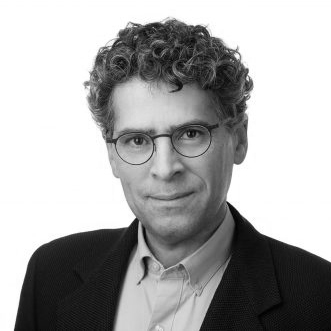
Don Weinreich is a Management Partner in Ennead Architects. He graduated from Columbia University with a Bachelor of Arts and earned his Master of Architecture from the Columbia University Graduate School of Architecture, Planning and Preservation. In addition to his project-related responsibilities, Mr. Weinreich is responsible for the office’s technology development, leading the implementation of new ways in which architectural computing can be incorporated into and advance the firm’s practice. He is a LEED Accredited Professional and a Fellow of the American Institute of Architects.
On July 18, our Forefront Fellows met for the second event of the Fellowship to explore design projects that aim to foster agency and the integration of migrant communities in urban spaces.
Our Fellows met at La Nacional – Spanish Benevolent Society, a cultural center established back by a group of Spaniards in 1868 on the Bowery. They wanted to establish a hub where new Spanish immigrants could meet fellow migrants and get the support they needed. As the last vestige of the Spanish enclave that was here during the 19th and 20th centuries, they continue to host art exhibits, music and dance performances, food and wine tastings, etc. that maintain the culture and history of Spain.
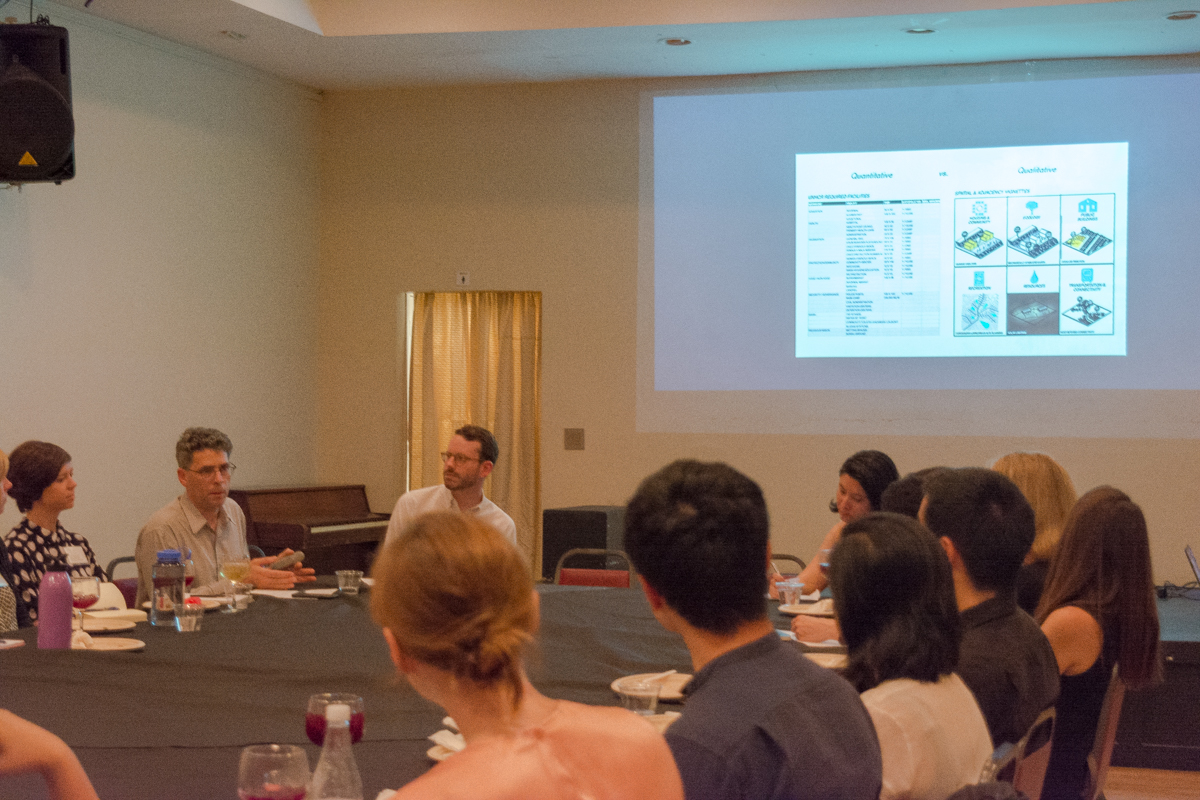
To begin the evening’s exploration, Don Weinreich, Management Partner at Ennead Architects, and Eliza Montgomery, a current Forefront Fellow and Architectural Designer at Ennead Architects, described their work with the United Nations High Commission on Refugees to rework the design of refugee camps.
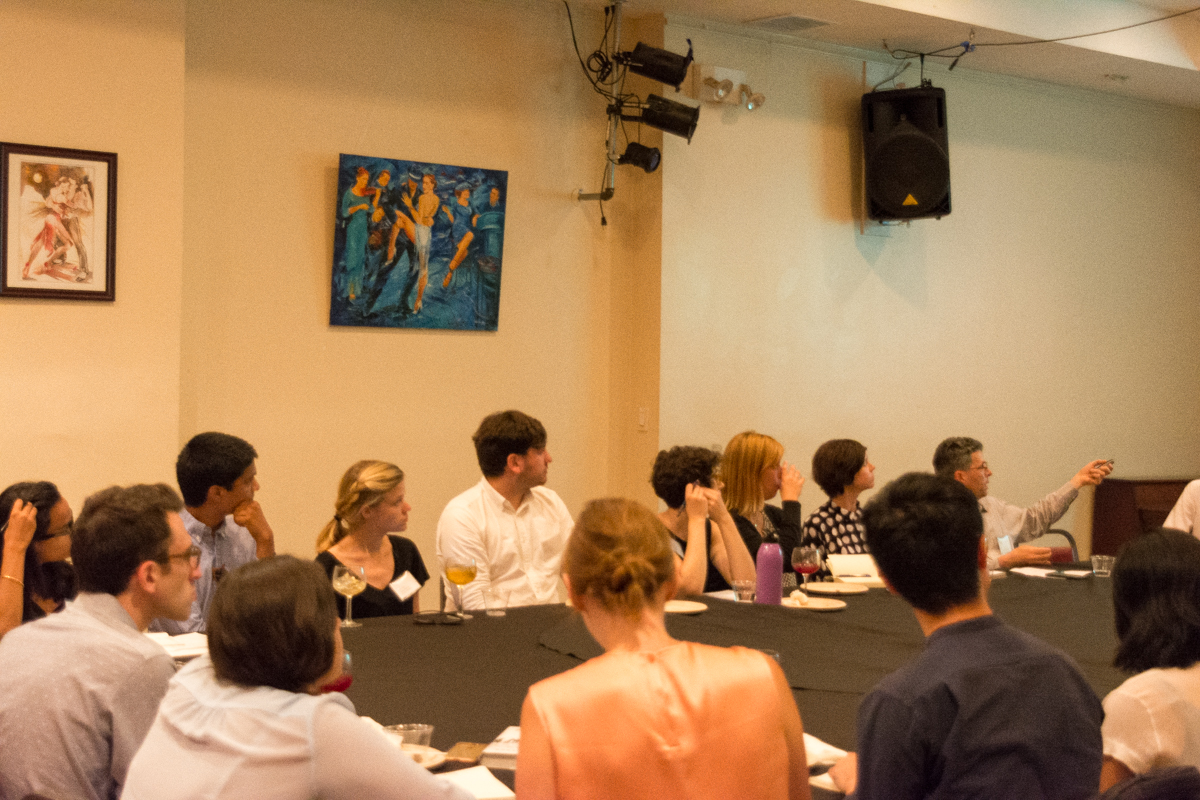
Their project has culminated in the Rethinking Refugees Toolkit, which centers on designing camps to function more as cities and in partnership with the needs of the host community across various levels. Crucially, not only does this new design framework make refugees desirable to host communities, but furthermore, this new design aims to foster the refugees’ agency via greater access to services, reliable housing, formalized markets, and various other essential resources.
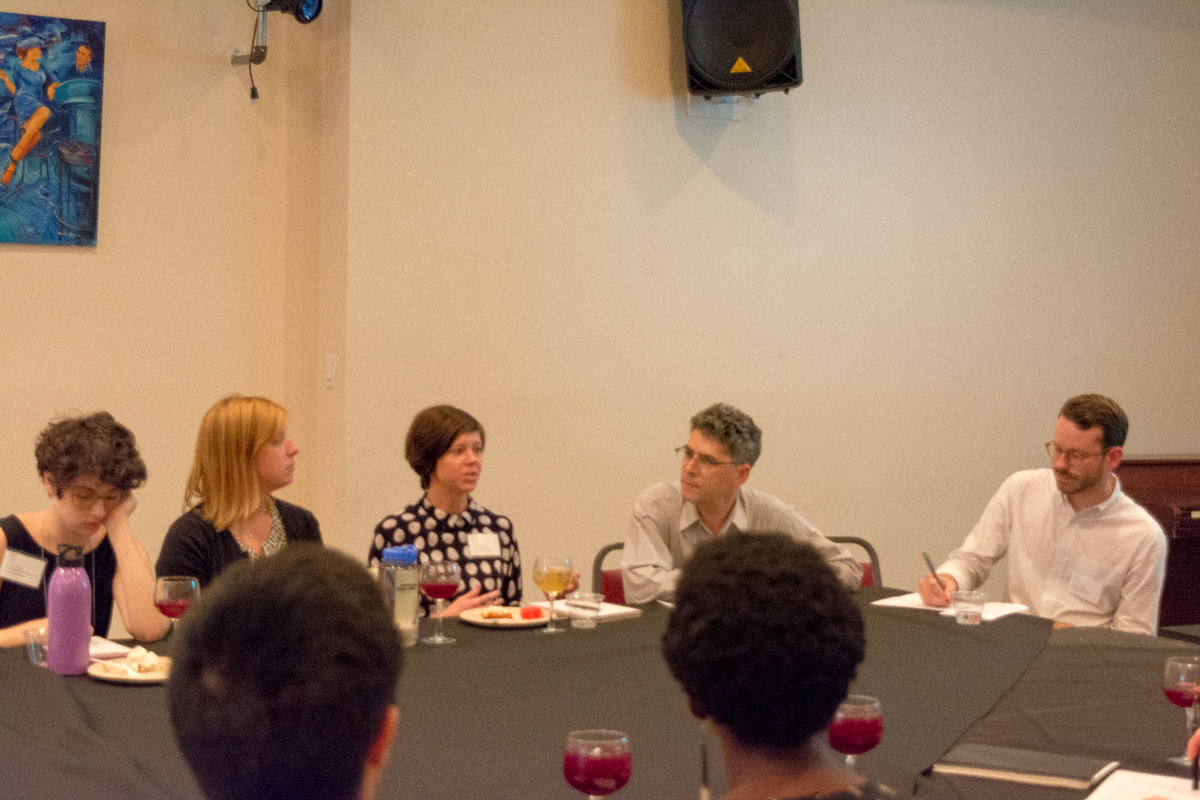
Our next speaker was Andrea Steele, Principal of TEN-Arquitectos and a supporter of the Urban Design Forum. Andrea detailed her design with a local immigrant organization to design a new community center that serves as an office for the organization, offers safe access to services for the community and creates connective tissue with the nearby public space.
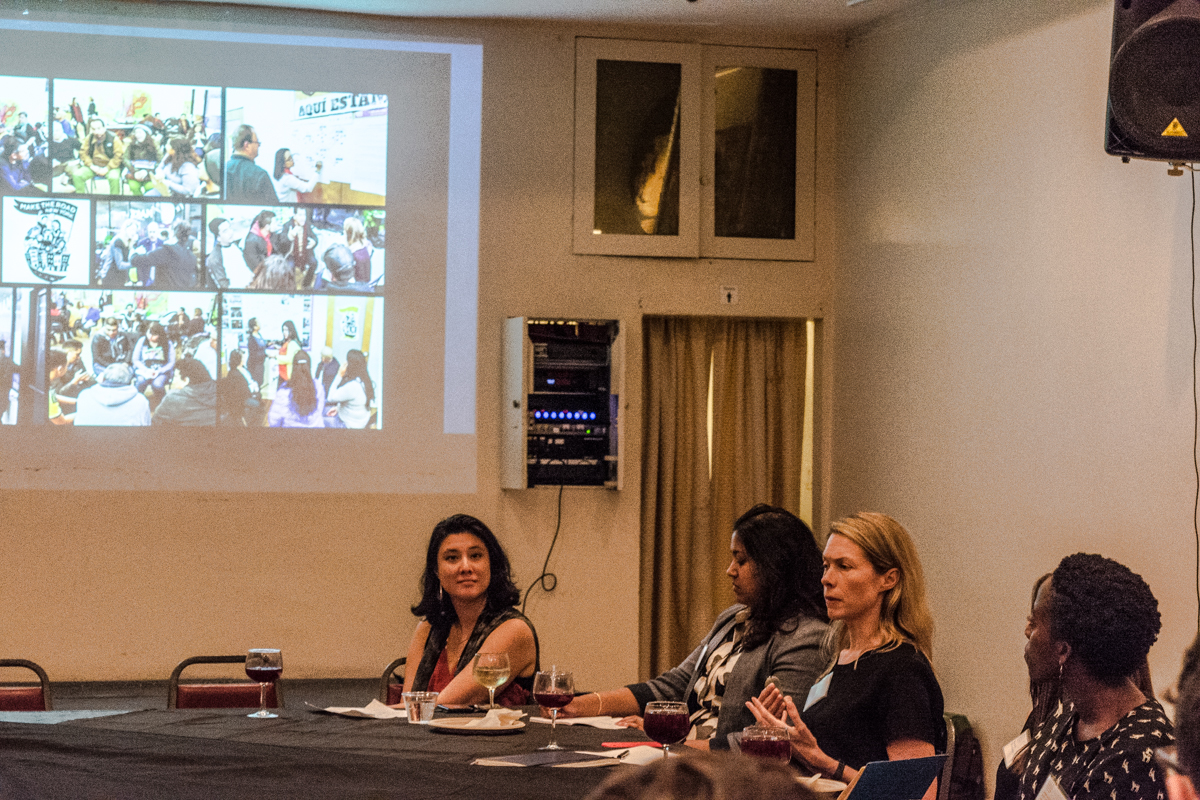
The last speaker of the night was Isabelle Leighton, director of the Equality Fund at Asian Americans for Equality. Isabelle worked through their recent Flushing 2050 report including the essential community engagement which informed the report, how crucial collecting reliable data in immigrant communities is for understanding their actual needs, how they strategized to achieve these goals of the community, and how their newest projects, One Flushing and the Center for Community and Entrepreneurship, work toward their 1000/1000 vision.
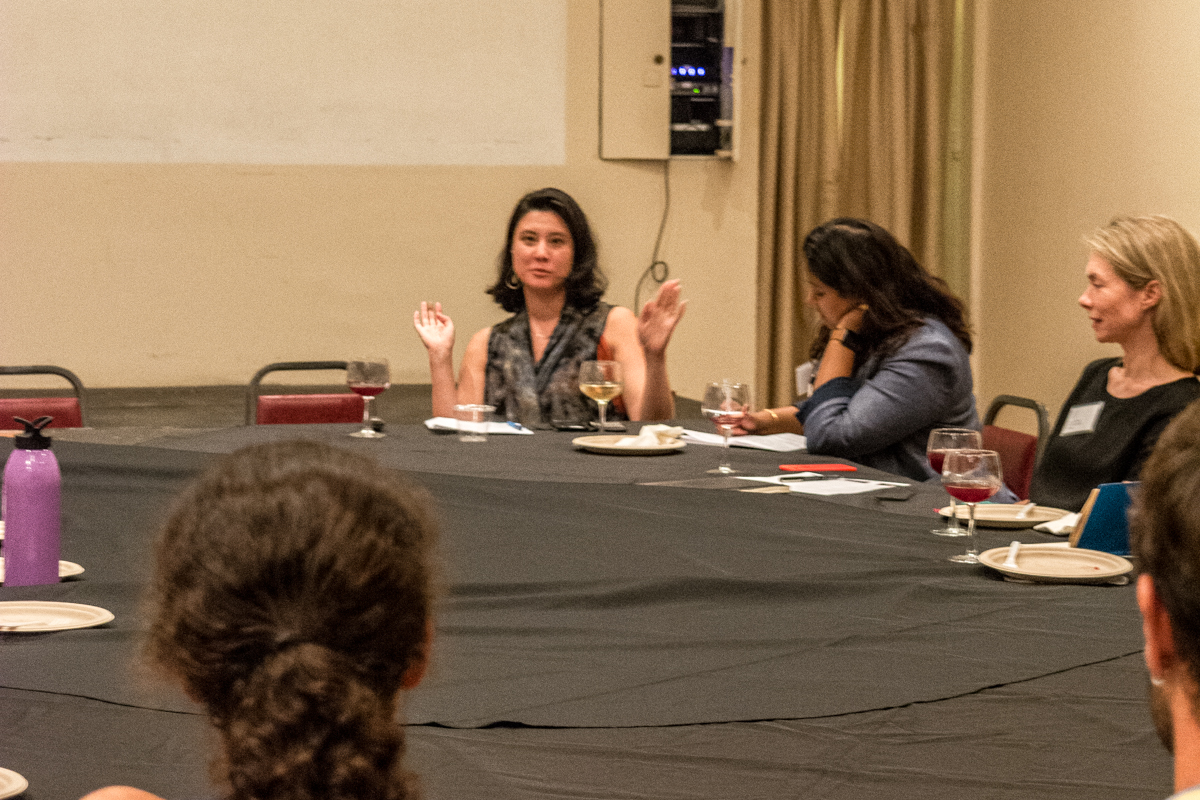
After our speakers’ presentations, our Forefront Fellows explored some fundamental, and difficult questions, such as: Do you design a space for immigrants and refugees as separate from the community, or for both foreign- and native-born members? Should new spaces aim to make immigrants visible or invisible?
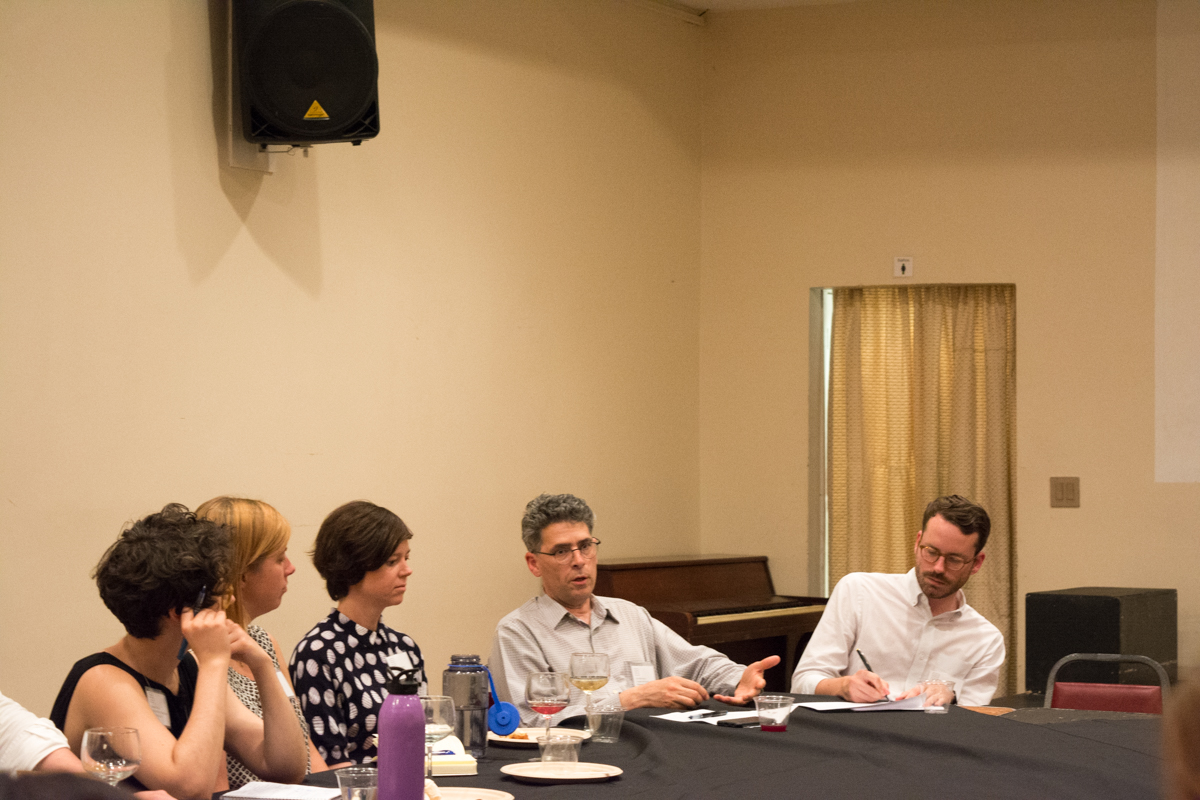
As designers and community organizers, how can we toe the line between fostering agency and intervening in their neighborhoods?
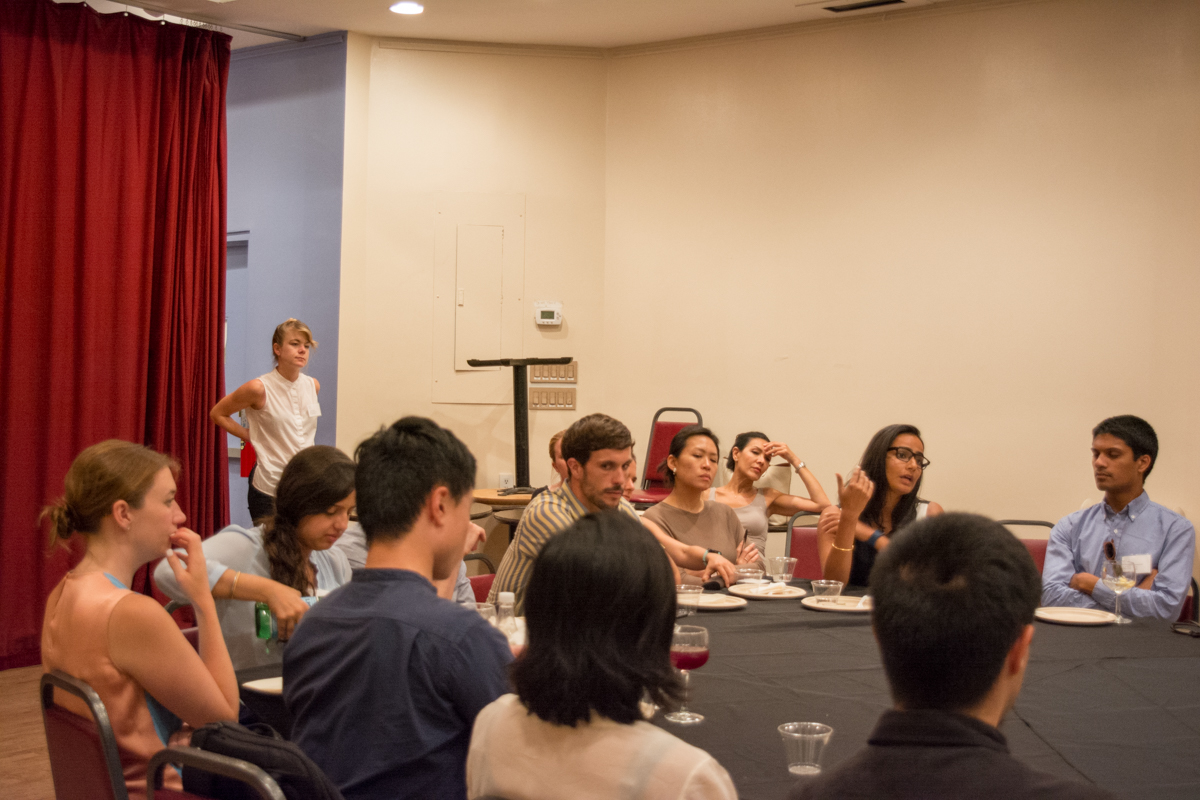
What are the innovative narratives that are being developed to convince key stakeholders that would otherwise not be interested in helping immigrant communities?
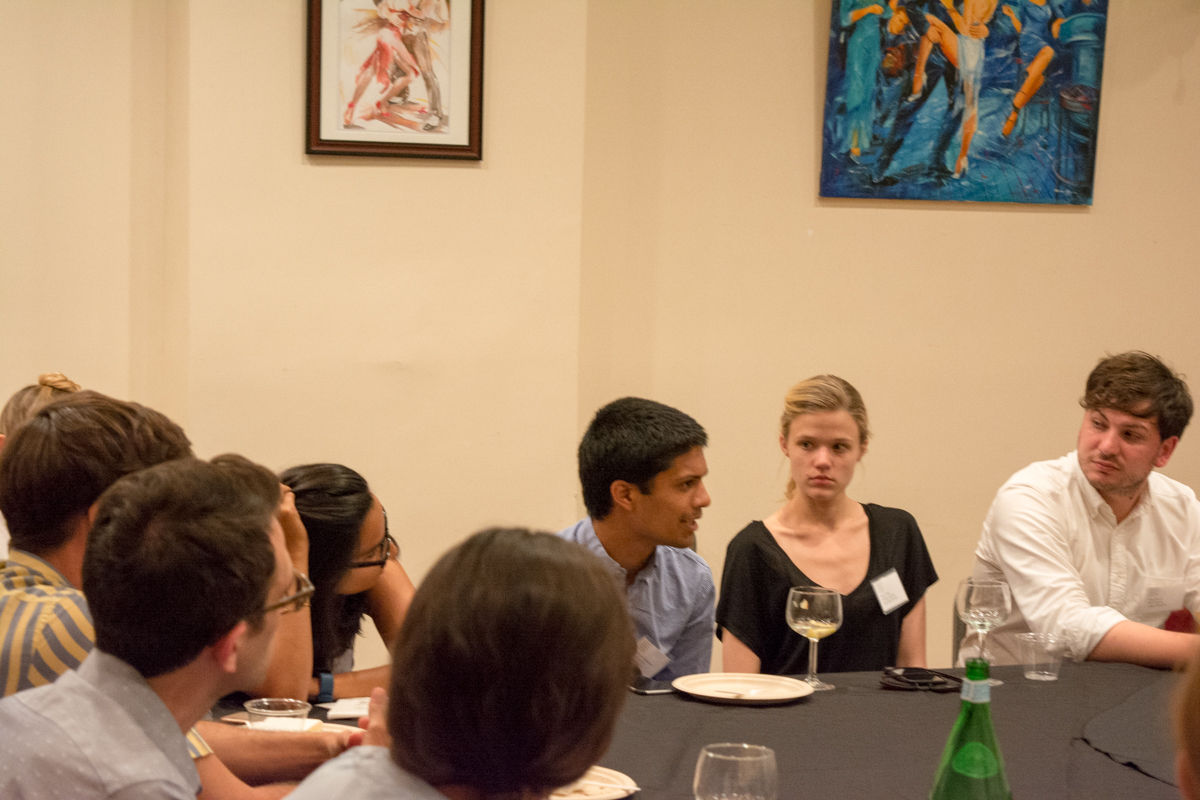
What is the appropriate temporal framework when planning and design for migrant communities? Will second- and third-generation immigrants abandon what we design for them?
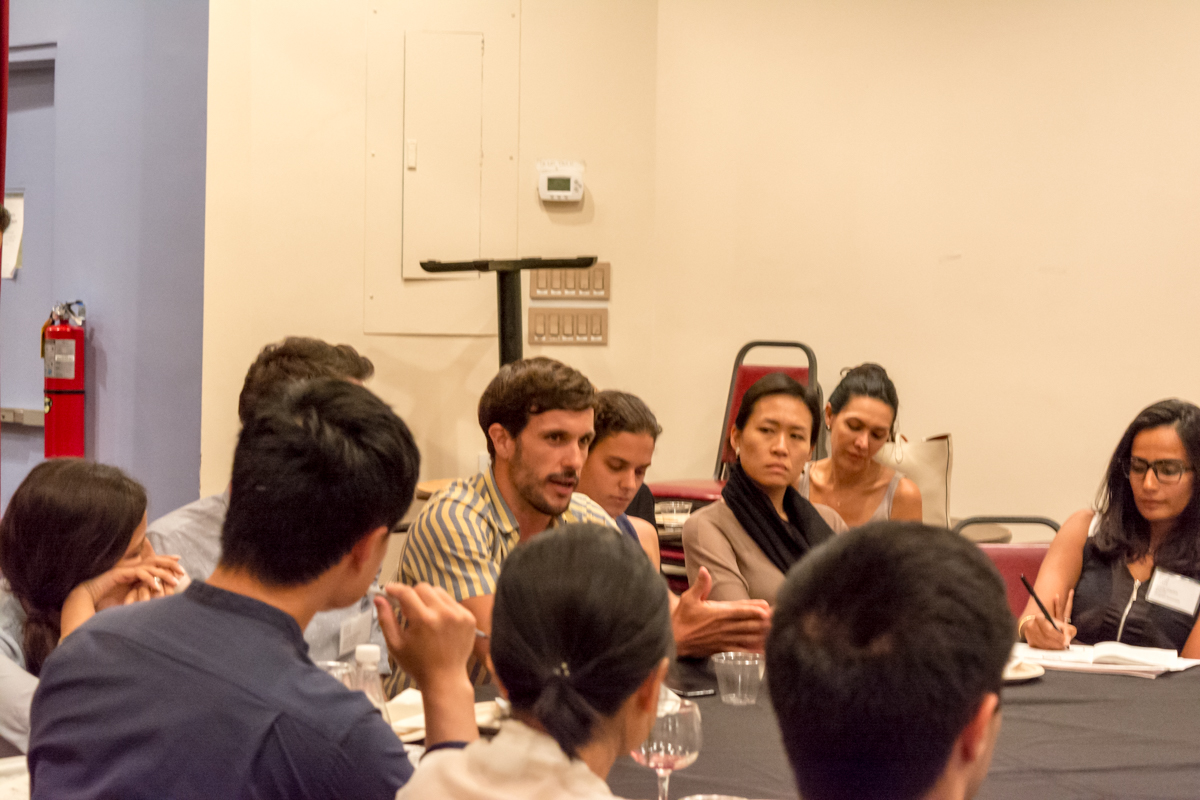
Could these same spaces be turned into a gateway for immigrants in the future and from different origin nations?